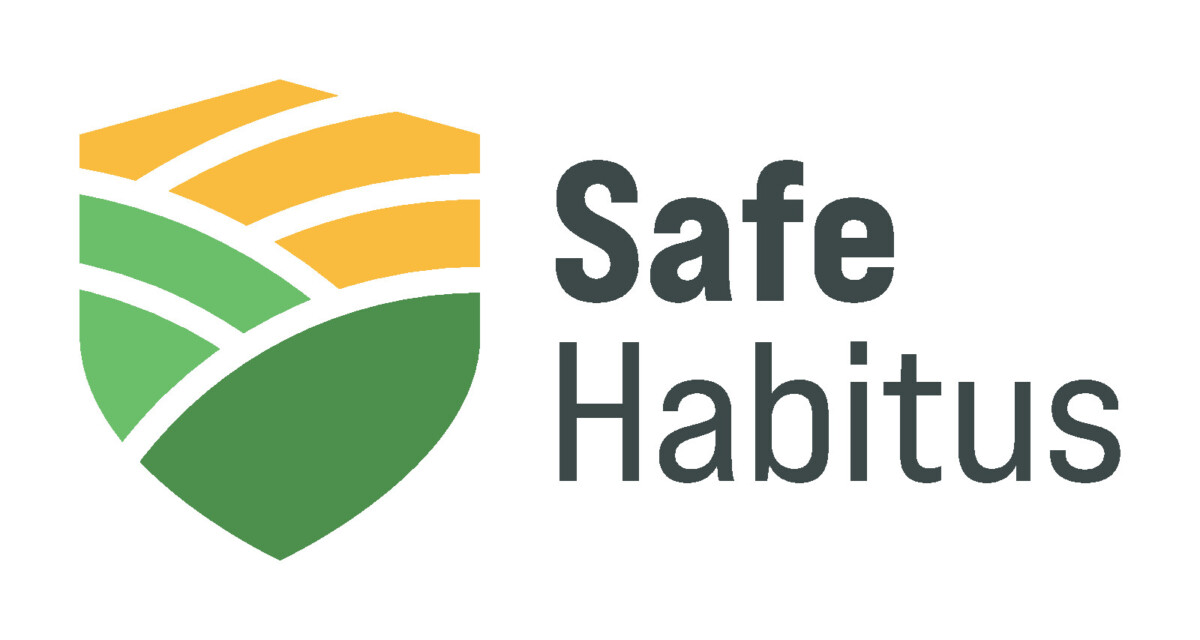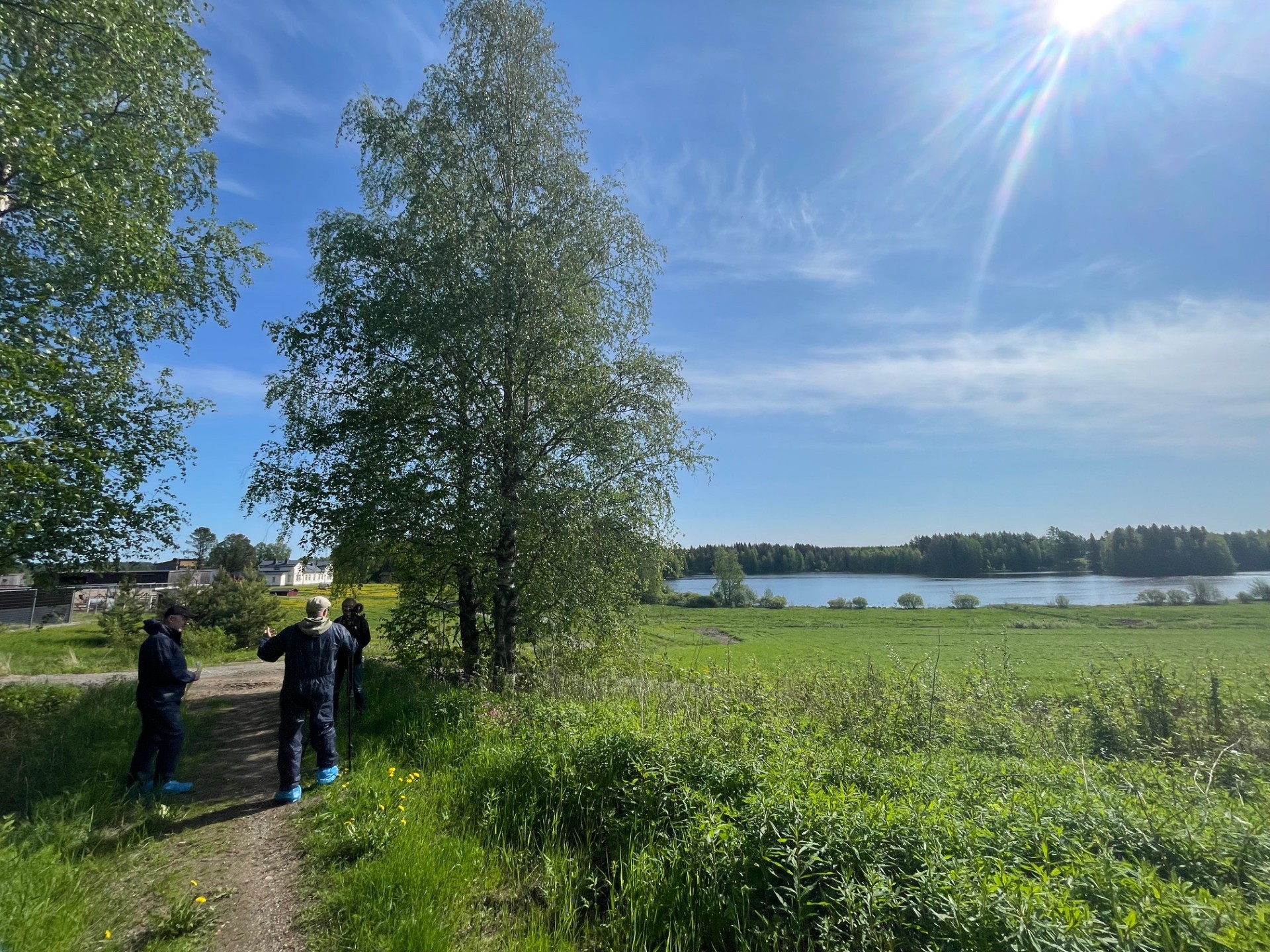
Savonia Article Pro: Behind the lens: capturing farm safety in Finland with SafeHabitus
Savonia Article Pro is a collection of multidisciplinary Savonia expertise on various topics.
This work is licensed under CC BY-SA 4.0
Embarking on a new adventure can be daunting, especially when it involves stepping into the unfamiliar world of filmmaking. For the SafeHabitus project, dedicated to enhancing work health and safety on farms, this became a reality as they set out to create a series of short videos. The chosen theme: livestock production in Finland, with a particular focus on the dairy sector, a natural fit for this Nordic nation. This journey, documented in an article, offers invaluable lessons learned from being “novels to the process”.
The genesis of the vision
The objective was clear: produce impactful videos on farm health and safety. With filming dates set for 2-4 June 2025, the team, including video director Fabrice Wagner and the FinCoP SafeHabitus team responsible for scripting, knew preparation was key. It was a “stressful preparation”, emphasising the need for meticulous planning, ensuring all participants were available and ready to deliver their crucial messages. The core concept of the script was designed to follow a narrative arc, starting broad and then narrowing down to the specifics of Finland.
A cast of experts and everyday heroes
The video brought together a diverse group of voices, each contributing a vital piece to the farm safety puzzle:
• global to local perspective: Professor Risto Rautiainen from Nebraska University flew to Finland to provide an overarching view of work health and safety in livestock across Europe, detailing the latest trends, achievements, and challenges, particularly relevant to northern Europe and Finland. His participation was deeply appreciated.
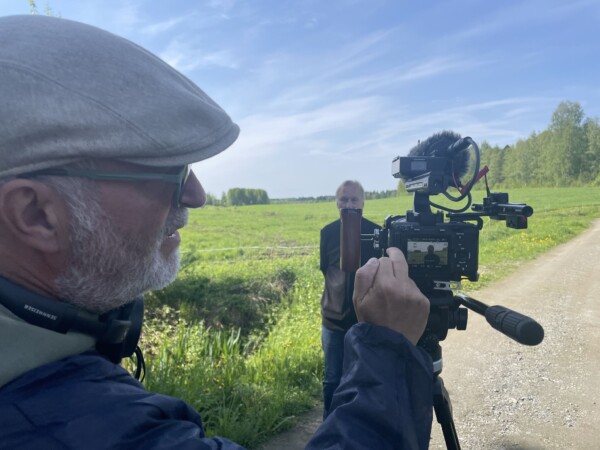
• from farm to shelf: Valio and Tero Kanala offered a comprehensive vision of dairy production, from the primary farm level right through to the product on supermarket shelves globally. They highlighted the essential role of good farm management and attention to details in ensuring work and health safety for high-quality milk production.

• understanding our animals: A significant portion of farm accidents can be linked to animal interactions. Veterinarian Iris Kaimio stepped in to illustrate the importance of understanding animal behaviour, especially noting that most accidents occur in “situations of a rush”. She demonstrated the correct and safe ways to approach animals, safeguarding both humans and livestock.
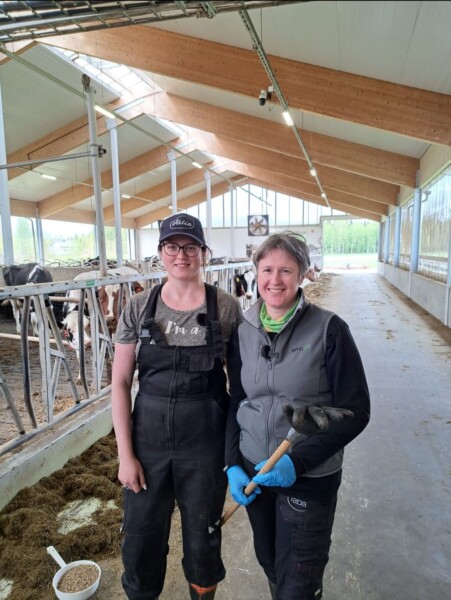
• farmers leading by example: The project featured two Finnish farmers, Sini Ryymin-Murtorinne and Laura Parmainen, who shared their excellent practices. They showcased their dedication to understanding animal behaviour and their continuous commitment to improving farm management and work health and safety standards.
• nurturing the future: The vital role of educational institutions in maintaining high standards of work health and safety was also underscored. Heli Wahlroos, Principal of Savonia School of Agrology, outlined how Savonia addresses this crucial task.
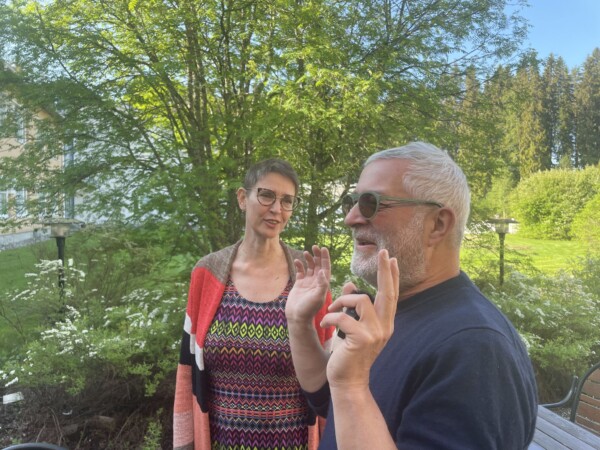
• translating knowledge into practice: Research Manager Ardita Hoxha-Jahja emphasised the importance of effectively translating insights from the latest projects and research into classroom lectures, ensuring students receive the most current knowledge firsthand.
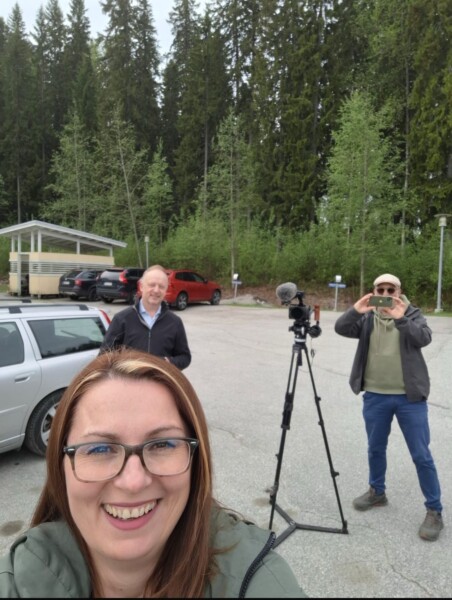
• the broader support system: Kati Partanen, a Senior Lecturer at Savonia and a board member of the World Farmers Organisation and MELA, concluded by highlighting the indispensable role of governmental support in farm work health and safety. She also mentioned available tools for farmers and offered a forward-looking perspective.
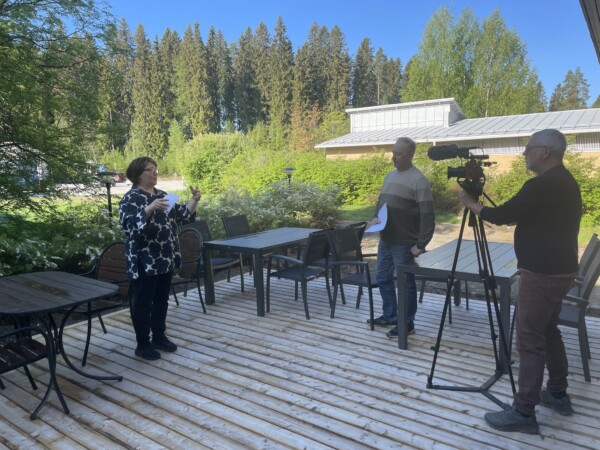
Lessons from the field: trusting the process and embracing creativity
The team candidly shared their learnings from this new experience:
• trusting the process: Being new to filmmaking, the team initially felt uncertain, but observing Fabrice Wagner’s professional approach and facilitation instilled confidence. Realising they were “in good hands” was a pivotal moment.
• preparation is paramount, but so is open-mindedness: While ensuring Fabrice had his crew was essential, the team discovered that staying open-minded and creative was the best approach. Open discussions were key to successfully pinning down and executing shooting scenes.
• the power of visuals: The project reinforced the adage that “pictures transfer more than a 1000 words”. Investing in good scenes that effectively capture the message proved crucial, and the team was fortunate to get more than enough compelling footage.
• resilience against challenges: Even when deeply challenged by adverse weather, including heavy rains and thunderstorms, their perseverance paid off with clear skies and even rainbows.

• cooperative “actors”: Perhaps surprisingly, the main “actors” – the cows – were “more than cooperative,” allowing the team to capture them in various ways. It wasn’t just the cows, the stars of the show, who wanted to be featured in the video. We were also joined by a friendly dog and a charismatic rooster with a larger-than-life ego, who even tried to direct Fabrice behind the camera!
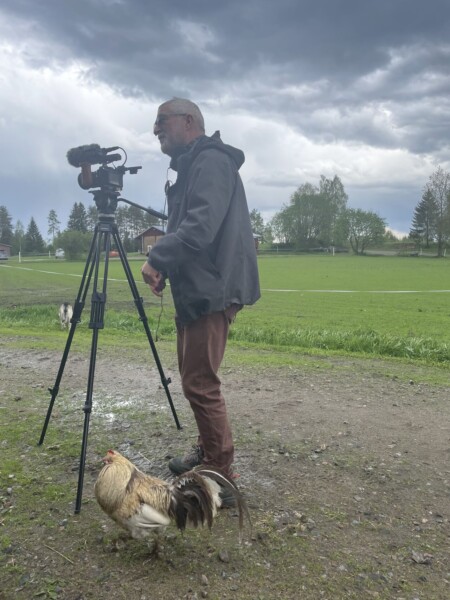
By the end of the shooting, the team felt a profound sense of accomplishment. It was “one of the best things we could do in the projects,” an entirely new experience filled with a “great atmosphere, trust, cooperation and creativity”. While there’s still work to be done before the video is complete, the team is highly positive about the outcome and eagerly awaits public feedback.
Thank you Fabrice 🙂
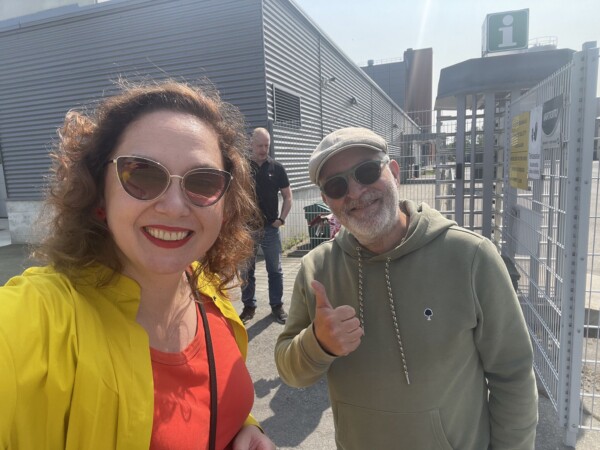
Agnieszka Laherto
Communication specialist in SafeHabitus project, Savonia-ammattikorkeakoulu
